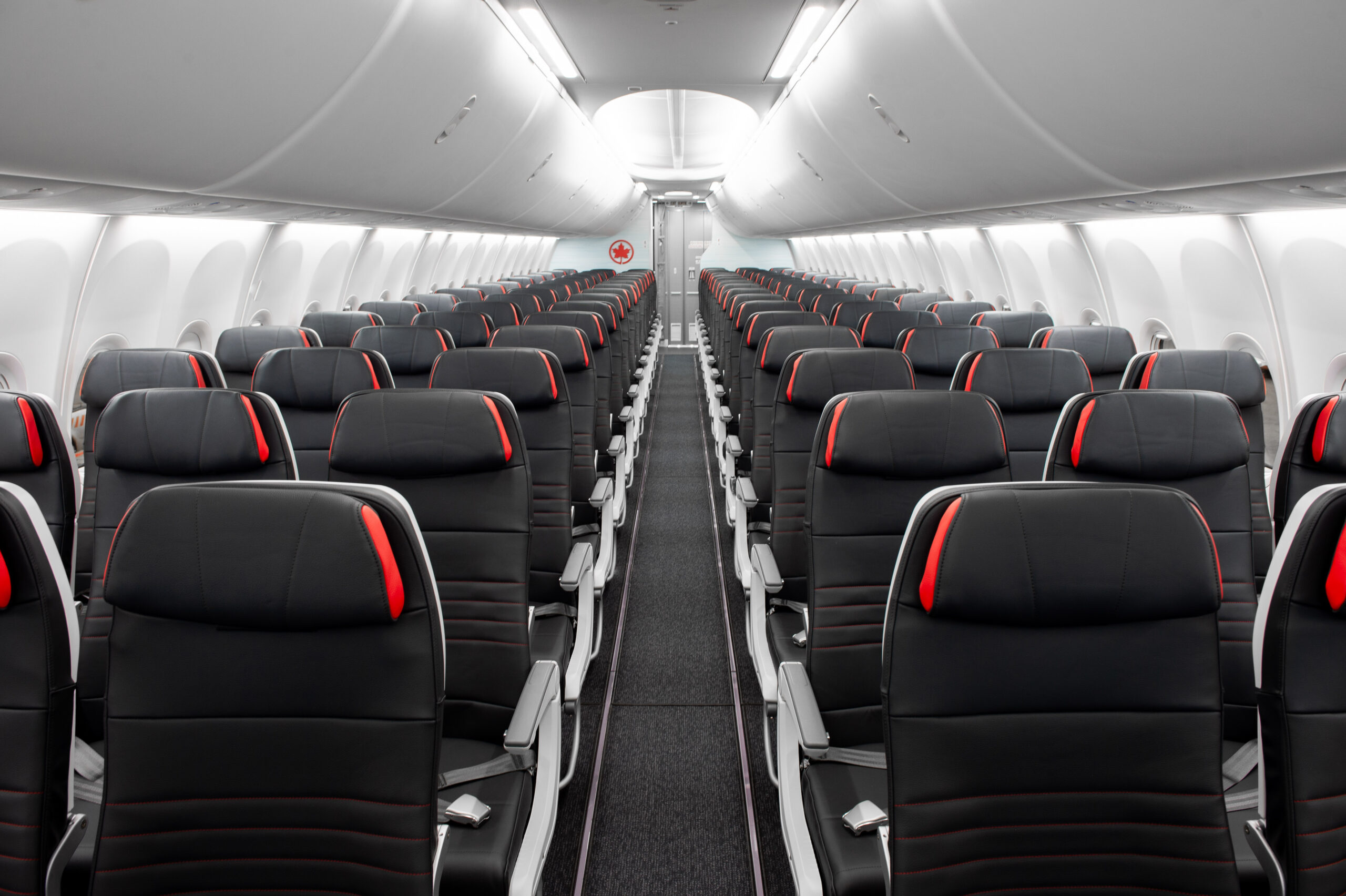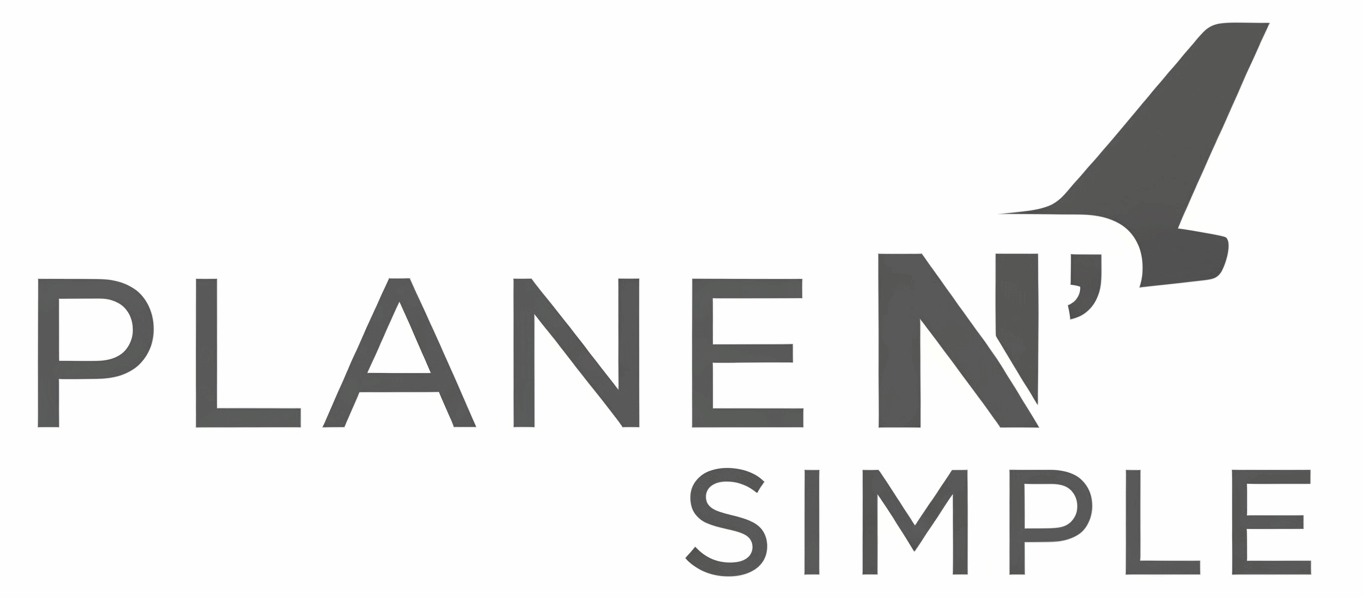Air Canada’s Ambitious Fleet Transformation: What It Means for Your Next Flight

Air Canada just dropped one of the most significant fleet announcements in recent memory, and if you’re a frequent flyer on Canada’s flag carrier, you’ll want to pay attention. This isn’t just another press release about new planes, it’s a complete reimagining of the passenger experience across Air Canada mainline, Rouge, and Express operations.
The Big Picture: A Fleet Shuffle That Changes Everything
Here’s what’s happening: Air Canada is moving all of its Boeing 737 MAX 8 aircraft from mainline operations to Air Canada Rouge through 2026. In return, all Airbus A320 and A321 aircraft currently operating as Rouge will be upgraded and moved to mainline service. Think of it as a strategic swap that aims to elevate both products simultaneously.
For those of us who’ve flown Rouge, this is potentially game-changing. The leisure subsidiary has long been Air Canada’s answer to ultra-low-cost carriers, but it’s never quite matched the amenities travelers expect on longer routes. That’s about to change.
What Rouge Passengers Can Expect
The new Rouge Boeing 737 MAX configuration will feature 177 seats in a 12-18-147 layout: 12 Business Class seats up front, 18 Preferred seats with extra legroom, and 147 Standard Economy seats. But here’s where it gets interesting, every single seat will recline and feature personal seatback entertainment screens.
If you’ve flown Rouge on their current Airbus fleet, you know that entertainment options have been limited. The addition of on-demand IFE across the entire cabin is a significant upgrade that brings Rouge closer to mainline standards. Combined with Fast, Free Wi-Fi (for Aeroplan members), this transforms Rouge from a bare-bones leisure carrier into a genuinely competitive product.
The carrier is also opening a new Rouge crew base in Vancouver, which should provide more flexibility for Western Canada leisure routes and potentially improve crew scheduling and operational reliability.
Mainline Gets an Upgrade Too
The Airbus narrowbody fleet moving to mainline isn’t just being repainted. Air Canada is installing new seating, the latest In-Flight Entertainment systems, and upgraded Wi-Fi across all A320 and A321 aircraft. The airline says 15 A321s are already flying with these enhancements, and the rollout will continue throughout the program.
Air Canada is also introducing what they’re calling a “distinctly Canadian aesthetic” that’s modern and warm. While we’ll reserve judgment until we see it in person, it’s encouraging to see the airline investing in a cohesive design language across the fleet.
The A220 Story Continues
Air Canada’s Airbus A220 fleet, built in Quebec and already a passenger favorite, continues to grow. The airline has 26 additional A220-300s on order, and starting in March 2026, new deliveries will feature Airbus’ larger XL overhead bins. Anyone who’s tried to find bin space on a full narrowbody knows this is a practical improvement that matters.
The A220 has been a revelation for Air Canada, offering category-leading comfort and fuel efficiency on transcontinental routes. Continuing to expand this fleet while maintaining high cabin standards is a smart move.
Express Gets Love Too
Regional flyers aren’t being left out. Air Canada Express aircraft operated by Jazz, including Embraer E175 and Mitsubishi CRJ-900 jets will receive the new cabin standard starting in 2026. The rollout of next-generation Fast, Free Wi-Fi is already 55% complete across the Express fleet, and 25 De Havilland Dash 8-400 aircraft will undergo complete cabin redesigns with new seating and interiors.
For frequent travelers on regional routes, reliable Wi-Fi and updated cabins make a meaningful difference in the travel experience, especially on longer segments.
Free Drinks and Snacks: Finally
Perhaps the most immediately noticeable change? Air Canada is bringing back complimentary beer, wine, and premium snacks on all North American flights operated by Air Canada, Air Canada Rouge, and Air Canada Express (Jazz). The selection includes Canadian-made products like MadeGood Morning Bars on early flights, TWIGZ pretzels, and Leclerc cookies.
This brings Air Canada back in line with U.S. competitors like Delta, American, and United, who never eliminated complimentary alcohol on domestic and short-haul international flights. It’s a competitive necessity more than a generous gesture, but passengers will appreciate it nonetheless.
The Aeroplan Angle
There’s an important detail buried in this announcement: the Fast, Free Wi-Fi is specifically for Aeroplan members. This creates an interesting dynamic where Air Canada is using connectivity as a tool to drive loyalty program enrollment. It’s not a high barrier, Aeroplan membership is free but it does require an extra step for casual travelers.
For frequent flyers, this shouldn’t be an issue. If you’re not already an Aeroplan member and you fly Air Canada with any regularity, this is yet another reason to sign up.
What This Means for Your Travel
The practical implications depend on what you’re flying. If you typically choose Rouge for leisure travel to sun destinations or to save money on transcontinental routes, you’re getting a significantly better product without necessarily paying more. The addition of IFE and reclining seats across all cabins addresses two of Rouge’s biggest pain points.
If you’re a business traveler on mainline narrowbody aircraft, the upgraded Airbus cabins should provide more consistency across the fleet. And if you’re flying regional routes on Express, improved Wi-Fi and cabin updates will make those connections more bearable.
The Competitive Context
This announcement doesn’t happen in a vacuum. WestJet has been investing heavily in its premium economy product and recently launched lie-flat business class seats on its 787 Dreamliners. Porter Airlines continues to expand its all-economy E195-E2 service with impressive complimentary amenities. Flair and Lynx are competing aggressively on price.
Air Canada’s comprehensive fleet upgrade is a clear signal that the airline is playing the long game, investing in product consistency and passenger comfort across all service tiers. Whether it’s enough to maintain their market position remains to be seen, but the direction is promising.
Timeline and Execution
The key question is execution. This is a multi-year program spanning mainline, Rouge, and Express operations. Fleet transitions are complex, cabin renovations take time, and maintaining operational reliability during a major transformation is challenging. Air Canada says the program is “well underway,” but passengers should expect gradual rollout rather than immediate changes across the network.
Bottom Line
Air Canada’s fleet upgrade represents one of the most ambitious cabin renewal programs in North American aviation. The strategic redeployment of the 737 MAX to Rouge, combined with mainline Airbus upgrades and Express enhancements, creates a more consistent and competitive product across the network.
For passengers, the changes are largely positive: better entertainment options, free Wi-Fi for Aeroplan members, improved seating, and the return of complimentary drinks and snacks. The challenge will be ensuring consistent execution across hundreds of aircraft and thousands of flights.
As this program rolls out through 2026 and beyond, it’s worth keeping track of which aircraft you’re booked on and what cabin features to expect. The Air Canada fleet is becoming more diverse and, hopefully, more passenger-friendly at the same time.
Have you flown the new Rouge product or the upgraded mainline Airbus cabins? Share your experience in the comments below.

